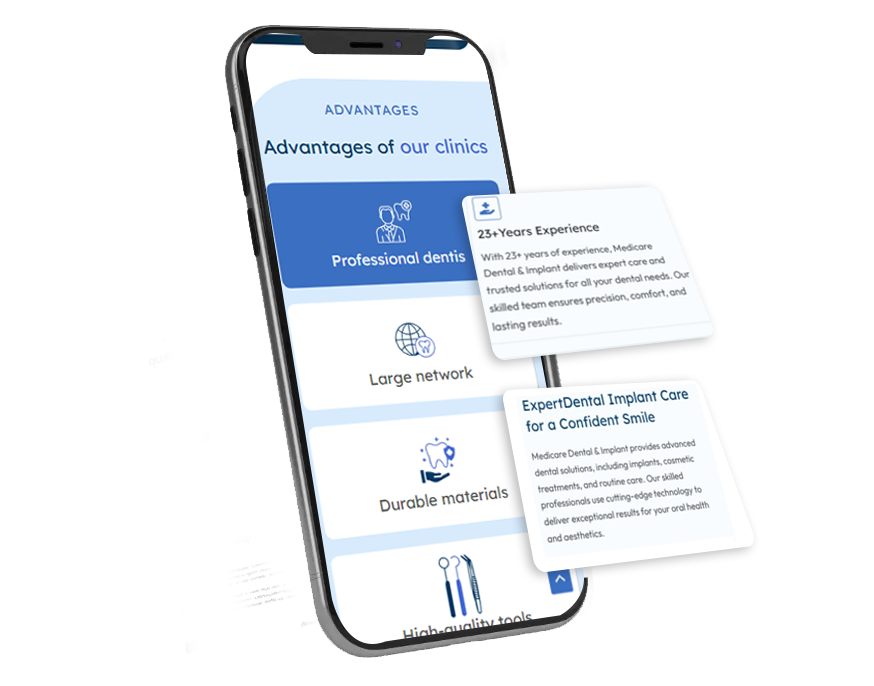- Home
- Website Design
Website Design Company in Kolkata, Entrepot Media
Best Website Design Company in kolkata
In today’s fast-paced digital landscape, a strong online presence is no longer optional—it’s essential. At entrepotmedia, a leading web design and development agency, we help businesses of all sizes gain global visibility. Our strategy starts with understanding your brand, goals, and target audience to deliver tailored, impactful websites. Whether you’re launching a new site or revamping an existing one, we craft aesthetic, mobile-responsive, and user-friendly websites that elevate your brand and drive results.



Our Client's






Why We?
Why Choose Us



How We Work?
Our Design Process
Expertly Crafted Responsive Websites with Entrepot Media
At Entrepot Media, we specialize in expertly crafted, responsive websites designed to elevate your brand and engage your audience. Our team blends creativity with cutting-edge technology to build seamless, user-friendly experiences across all devices. Whether you need a sleek business website, an eCommerce platform, or a custom solution, we ensure high performance, stunning aesthetics, and intuitive navigation. With a focus on speed, security, and scalability, our websites drive results and enhance your digital presence. Trust Entrepot Media to transform your vision into a compelling online experience that captivates visitors and converts them into loyal customers. Let’s build something amazing

Leading the Way as the Top
Website Design Company in Kolkata
Entrepot Media is the top website design company in Kolkata, delivering innovative, user-friendly, and high-performing websites. Our expert team ensures responsive, SEO-optimized, and visually stunning designs tailored to your brand. With competitive pricing and end-to-end support, we help businesses thrive online. Choose Entrepot Media for digital excellence!


Custom Web Design for a Winning Online Presence
With 10 years of experience as a top website designing agency in Kolkata, we specialize in crafting customized solutions that align perfectly with your unique business goals. Our expert team combines smart strategy, innovative design, and user-centric development to enhance your online presence and ensure your brand stands out in today’s competitive digital landscape. Let us help you grow with a website that delivers results.
Start Your Journey to the Best Website Design and Development Company in Kolkata
With 10 years of experience as a top website designing agency in Kolkata, we specialize in crafting customized solutions that align perfectly with your unique business goals. Our expert team combines smart strategy, innovative design, and user-centric development to enhance your online presence and ensure your brand stands out in today’s competitive digital landscape. Let us help you grow with a website that delivers results.

Get in Touch
Let’s Start the Conversation.
Connect with us for transformative solutions.
Visit us
Call us
+91 6292291 250
Email Us
Reach Out to us
Ready to Start Something Great? Get in Touch!
Frequently asked questions
The time it takes to build a website depends on its complexity and features.
Optimize a website for search engines by following SEO best practices, including keyword research, meta tags, and quality content.
Ensure a website is user-friendly and accessible by following design and development best practices, and ensuring accessibility for users with disabilities.
Static websites have fixed content, while dynamic websites generate content on the fly.



